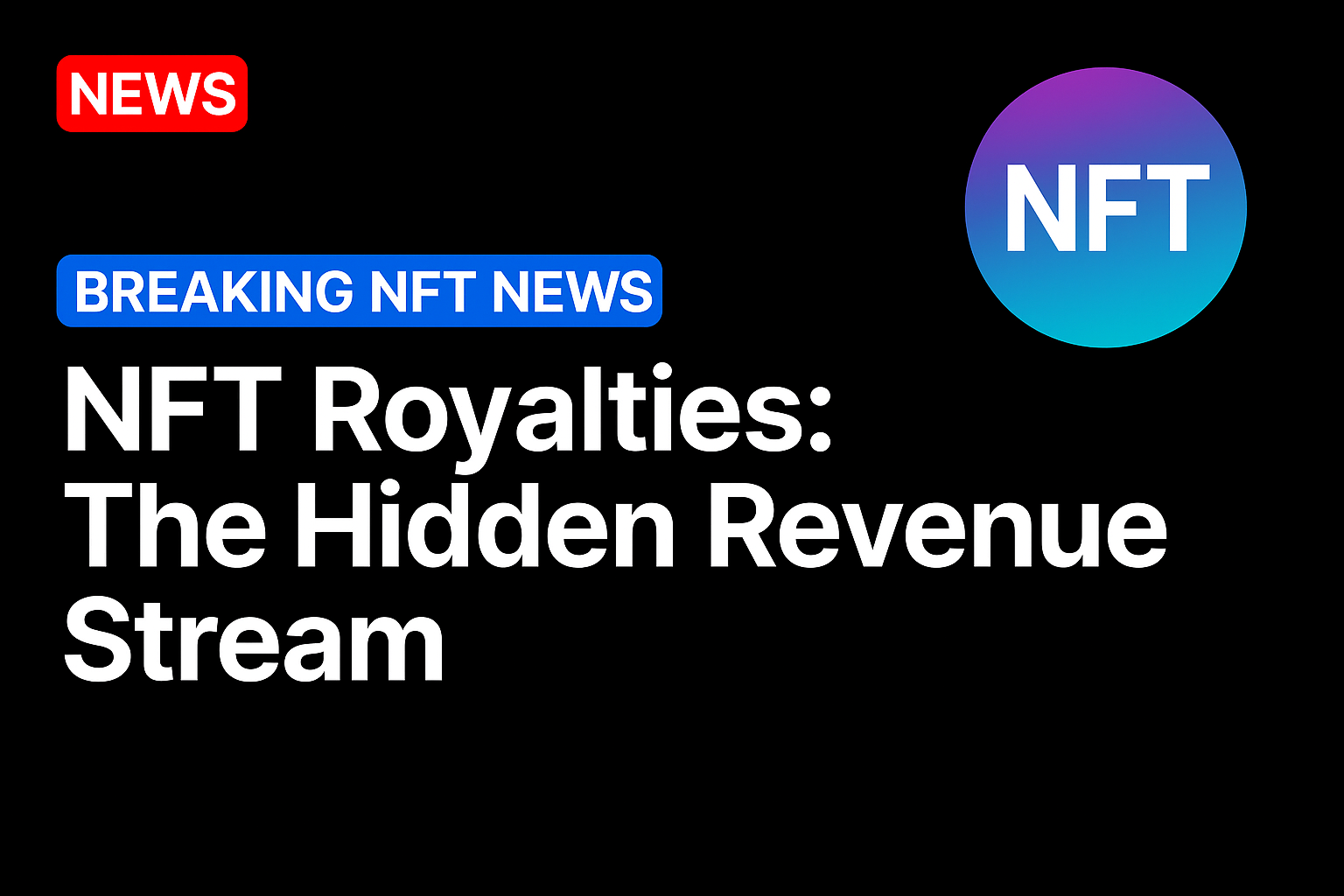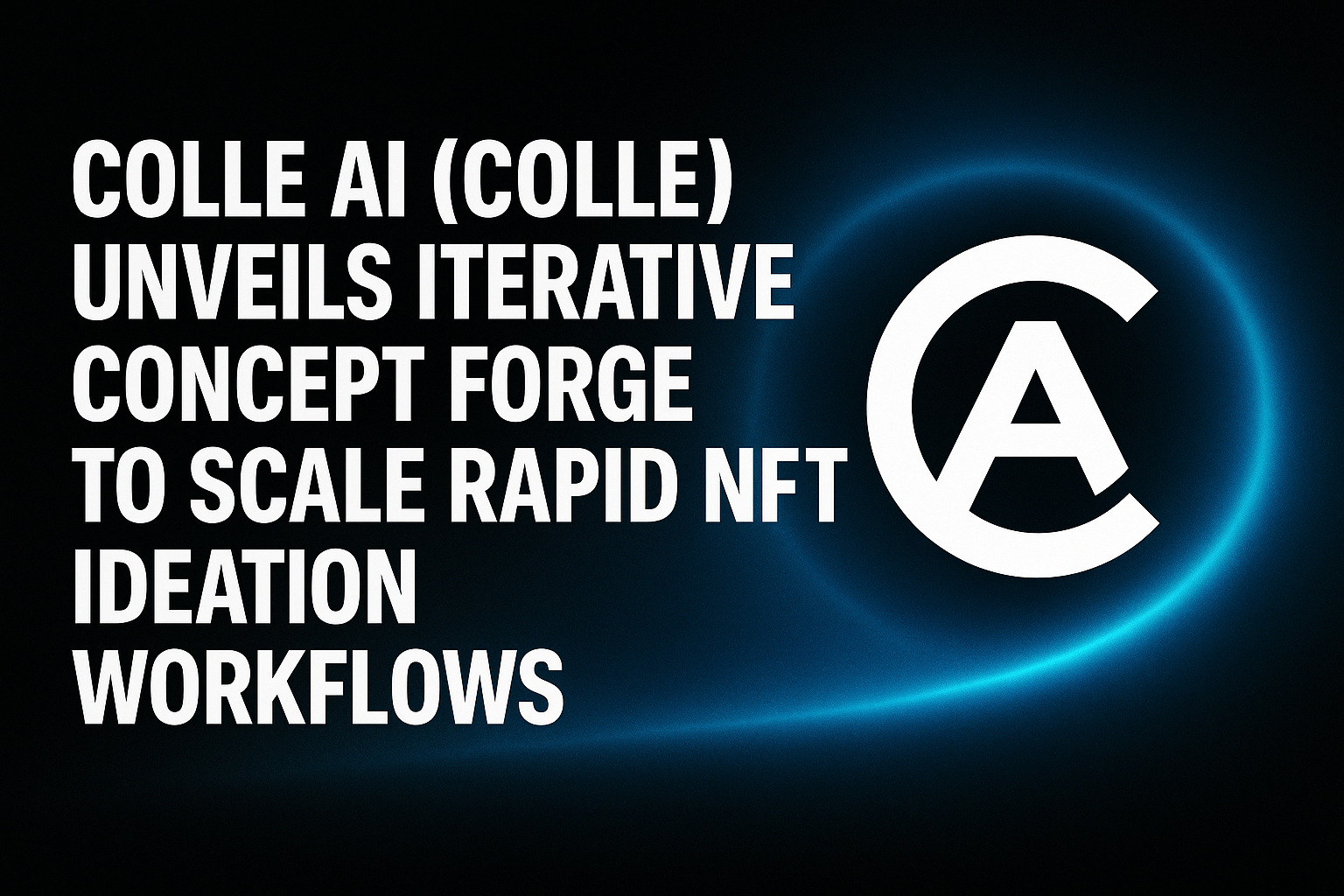Non-fungible tokens (NFTs) have revolutionized the world of digital ownership, enabling artists, musicians, and content creators to monetize their work like never before. While much of the spotlight has been on high-profile NFT sales, there is an equally important and less-discussed aspect of this ecosystem: NFT royalties. These automated, programmable payments allow creators to earn revenue each time their work is resold in secondary markets. This model introduces a sustainable and potentially lucrative income stream that traditional markets have historically lacked. If you’re looking for a clear way to track trends, you can use Trade 350 App to follow updates in small steps.
Understanding NFT Royalties
At its core, an NFT royalty is a percentage of a resale that is automatically paid to the original creator. Unlike traditional markets, where artists are typically compensated only at the initial point of sale, NFTs enable ongoing earnings through smart contracts. These contracts are embedded into the NFT itself and enforce royalty conditions without the need for intermediaries.
The percentage of royalties can vary depending on the platform and creator’s preferences. Some may choose 5%, while others opt for 10% or more. Once set, these terms follow the NFT wherever it is sold, ensuring consistent compensation for the original creator. This system also encourages creators to participate more actively in the digital economy, knowing they have a stake in future sales.
A Historical Shift in Creative Compensation
In traditional art and media industries, creators often lose control over their work after the first sale. Resellers, collectors, and institutions profit from the appreciation of an asset while the original artist receives no further benefit. NFT royalties flip this model on its head, ensuring that creators remain financially tied to their intellectual property.
This shift has profound implications for artists and creators, especially those from marginalized or underrepresented communities. By embedding royalty rights into the blockchain, creators can build long-term financial independence and reduce reliance on galleries, labels, or centralized platforms.
The Role of Smart Contracts
Smart contracts are the technological backbone of NFT royalties. These self-executing agreements automatically trigger payments whenever a secondary sale occurs. Platforms like Ethereum, Solana, and Tezos have become popular for minting NFTs due to their support for smart contract functionality.
Once deployed, a smart contract eliminates the need for manual tracking or legal enforcement. It ensures transparency, as all transactions are recorded on the blockchain and visible to all parties. For creators, this level of automation and clarity reduces administrative overhead while improving trust in the system.
Marketplaces and Royalty Standards
Different NFT marketplaces have implemented varying standards and levels of support for royalties. Platforms such as OpenSea, Rarible, Foundation, and Zora allow creators to specify royalty percentages when minting their NFTs. These royalties are then honored whenever a transaction occurs on the same platform.
However, cross-platform interoperability remains a challenge. If an NFT is moved to another marketplace that does not enforce royalties, the original creator may not receive their due share. This issue has sparked conversations around establishing universal royalty standards and building infrastructure that honors royalty agreements across platforms.
Economic and Psychological Impact on Creators
The promise of continuous revenue through royalties provides creators with a new incentive structure. Artists can focus more on quality and creativity, knowing that they will continue to benefit from their work’s long-term success. This model contrasts with the commission-driven approach of traditional industries, where artists are often under pressure to produce volume over value.
Psychologically, royalties validate the ongoing relevance of a creator’s work. Every resale signifies continued interest and recognition, and the accompanying financial reward reinforces their presence in the market. This builds confidence and promotes sustainability in a field often marked by financial instability.
Use Cases Beyond Art
While art and digital collectibles dominate NFT conversations, royalties have broader applications. In the music industry, artists can earn each time a song or album is traded as an NFT. Authors can embed royalty conditions into digital books. Game developers can benefit when virtual assets like skins, weapons, or characters change hands within metaverse ecosystems.
Best headphones deals
This flexibility makes NFT royalties a powerful tool for all types of intellectual property. The ability to program revenue streams into digital assets can support freelancers, educators, designers, and independent developers who rely on long-term monetization.
Legal and Regulatory Considerations
Despite their potential, NFT royalties exist in a legal gray area. In most jurisdictions, smart contract-enforced royalties are not yet recognized as formal legal agreements. This raises concerns about enforceability, especially in cross-border or off-chain disputes.
Regulators are also examining the tax implications of ongoing NFT royalty income. For creators, managing earnings across multiple platforms and currencies requires robust financial literacy and accurate reporting. As governments catch up with blockchain innovations, clearer guidelines are expected to emerge.
Limitations and Future Challenges
One major limitation of NFT royalties is their dependence on marketplace enforcement. If a platform chooses not to honor a creator’s royalty agreement, there is little recourse. Additionally, some buyers may avoid platforms that charge higher resale fees, leading to market fragmentation.
Another challenge lies in the technical complexity of smart contracts. Poorly written code can lead to exploits or payment failures, jeopardizing a creator’s income. As the technology matures, there is a need for standardized, audited contract templates to ensure reliability and security.
The Path Forward
The future of NFT royalties lies in developing interoperable systems and universal standards. Industry leaders are exploring protocols that can enforce royalties regardless of where an NFT is traded. Decentralized royalty registries and open-source frameworks are also being considered to promote transparency and consistency.
Educational initiatives are equally important. As more creators enter the NFT space, they must be equipped with knowledge about royalties, smart contracts, and legal rights. By fostering a culture of empowerment and innovation, the NFT ecosystem can evolve into a more equitable and sustainable economy.
Conclusion
NFT royalties represent a groundbreaking evolution in how creators earn and maintain control over their work. By enabling ongoing, automated revenue from secondary sales, this model provides artists and content producers with financial security and long-term value. While challenges remain in standardization and enforcement, the potential of NFT royalties to redefine digital compensation is clear. As technology and regulation catch up, royalties will likely become a cornerstone of the Web3 creator economy.
Source: https://www.quickread.co.za/




